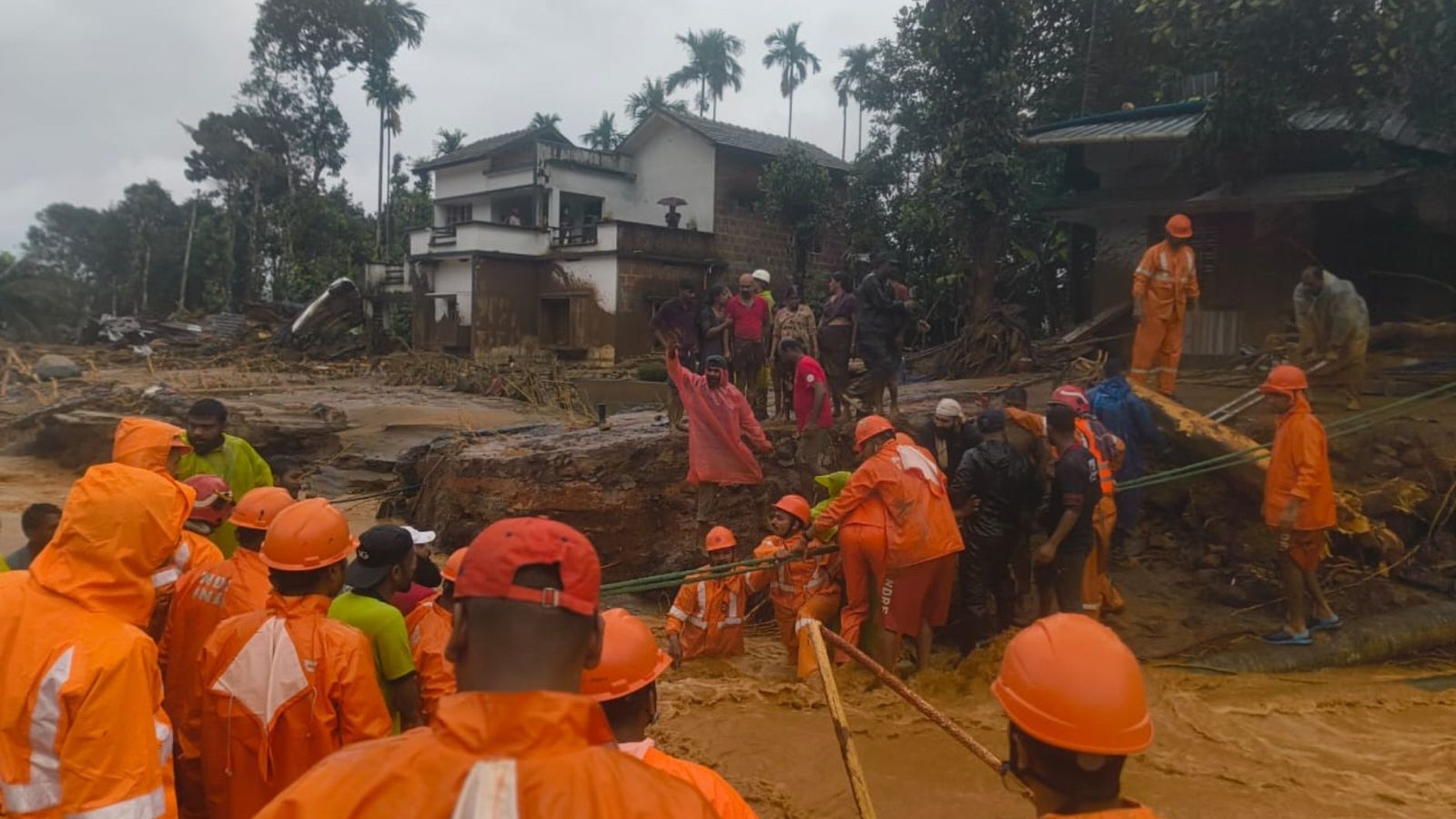Recurring landslides in the Western Ghats, especially in Wayanad, Kerala, between 2018 and 2019, prompted four research scholars from IIT Indore, University of Florence, Italy, and University of Technology, Sydney, Australia, to conduct a detailed study in 2020. They concluded that 24mm of rainfall a day is enough to trigger landslides in this hilly tourist destination.
Minu Treesa Abraham, Neelima Satyam, Ascanio Rosi, and Samuele Segoni conducted a detailed analysis of the topography of Wayanad and the landslides that occurred in Wayanad during the 2018 and 2019 monsoons to publish the case study titled “The Selection of Rain Gauges and Rainfall Parameters in Estimating Intensity-Duration Thresholds for Landslide Occurrence: Case Study from Wayanad (India)”.
They adopted four different approaches to find the triggering factor of landslides and zeroed in on the rain gauge based on maximum average intensity (Imax) as the best performing. Their study found that “on a regional scale, with five per cent exceedance probability, a rainfall intensity of 1mm h−1 of a one-day duration is potent enough to trigger landslides in Wayanad district. It is also observed that Mananthavady and Vythiri polygons are more susceptible to landslides than the other two regions. The intensity of rainfall of a one-day duration which can possibly trigger a landslide in the Mananthavady, Vythiri, Ambalavayal, and Kuppady polygons are 0.97 mm h−1, 0.82 mm h−1, 1.26 mm h−1, and 0.75 mm h−1 respectively.”
Their study said the Ambalavayal polygon can be considered a relatively less vulnerable region with a lower number of landslide events and higher threshold values. The researchers also emphasised the importance of preparing landslide catalogues and determining rainfall thresholds for the Wayanad region.
“An effective LEWS is an immediate requirement in the region, and the study has to be further enhanced with state-of-the-art models developed for other parts of the world. The existing model can also be conceptually modified using precise field monitoring techniques as well. Attempts must be made to reduce false alarms to develop an operational rainfall threshold model to function as a Landslide Early Warning System for the region,” the study said.





